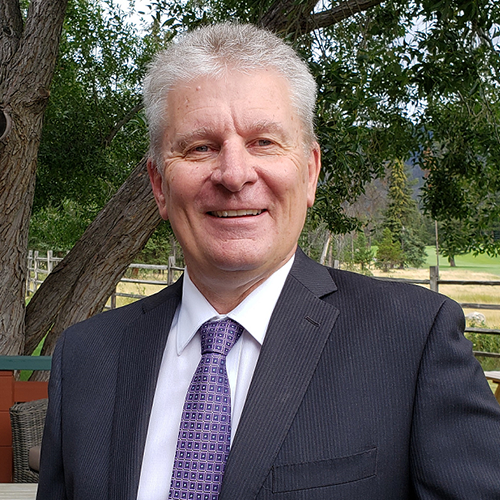Pressure relief devices (PRDs) are critical safety components that protect boilers, pressure vessels, piping and tanks from overpressure and potential explosions or collapse. Proper design, installation, and maintenance ensure the safety and integrity of pressurized systems. Proper PRD design and application are essential for ensuring the safety and integrity of pressurized equipment.
This course offers a comprehensive review of the current practices for designing, constructing, installing, operating, inspecting, and maintaining PRDs. Participants learn code requirements and best industry practices to prevent equipment from exceeding its maximum allowed pressures.
The curriculum covers code requirements for overpressure protection, including key standards from the ASME Boiler and Pressure Vessel Codes (B&PVC) and ASME Pressure Piping Codes including:
- ASME Section I – Power Boilers
- ASME Section III – Nuclear Systems
- ASME Section IV – Heating Boilers
- ASME Section VIII – Pressure Vessels
- ASME Section XII – Transport Tanks
- ASME Section XIII – Overpressure Protection
- ASME B31.1 – Power Piping
- ASME B31.3 – Process Piping
- ASME B31.8 – Natural Gas Piping
- ASME B31.12 – Hydrogen Piping
In addition, the following American Petroleum Institute (API) standards are also discussed:
- API RP 520-Parts I & II Sizing, Selection, and Installation of Pressure Relief Devices
- API RP 576-Inspection of Pressure Relief Devices
By participating in this course, you will learn how to successfully:
- Explain the Code requirements for over pressure protection covered by the ASME Boiler and Pressure Vessel Code and the ASME Pressure Piping Codes
- Identify the design, construction and manufacturing requirements of pressure relief devices
- Select materials for various types of pressure relief valves, and rupture disks
- Describe over pressure protection by system design
- Explain how to apply:
- API RP 520 Part I, Sizing and Selection of Pressure Relieving Devices,
- API RP 520 Part II, Installation of Pressure Relief Devices
- API RP 576, Inspection of Pressure Relief Devices
- Perform calculations for sizing and selection of pressure relief devices for single phase flow of fluids
- Explain how to handle transportation, storage, installation, and maintenance of PRD’s
- Identify the requirements for testing and testing facilities
- Explain how to perform inspections as per the National Board Inspection Code (NBIC), and API standards
- Describe how to establish a National Board VR (valve repair) certification program and repair pressure relief valves
- Explain how to test pressure relief valves as required by the Code
Who Should Attend?
This course is designed for engineers of all levels from early career engineers to experienced engineers. It is an essential resource for mechanical engineers, and design engineers; process engineers, and chemical engineers; reliability engineers, and maintenance engineers; inspectors, and testing engineers; as well as plant supervisors, and managers.
Course Materials (included in purchase of course):
- Digital course notes via ASME’s Learning Platform
Supplementary Materials (not included in the purchase of the course):
- Please bring a calculator to class each day.
This ASME Virtual Classroom course is held live with an instructor on our online learning platform. Certificate of completion will be issued to registrants who successfully attend and complete the course.
Can't make one of the scheduled sessions? This course is also available On Demand.


